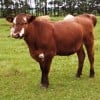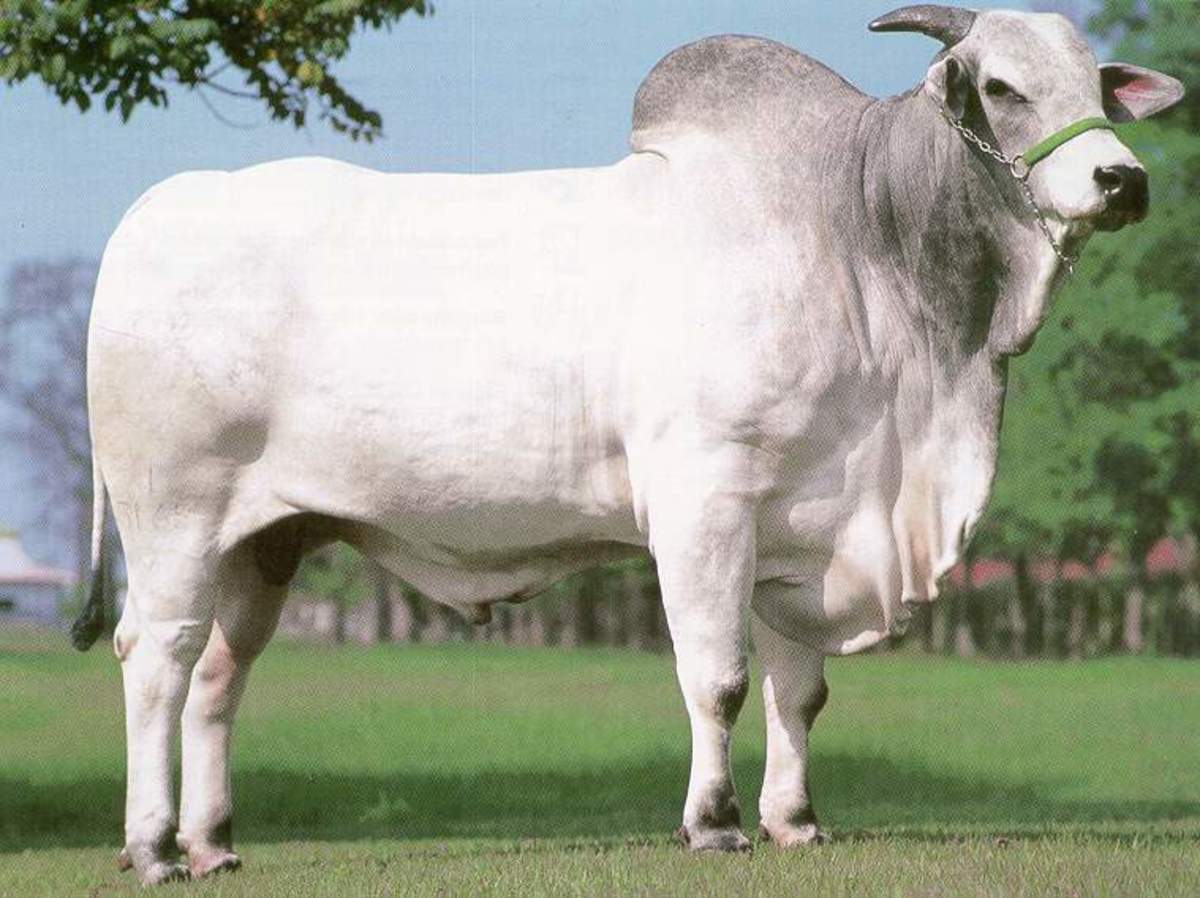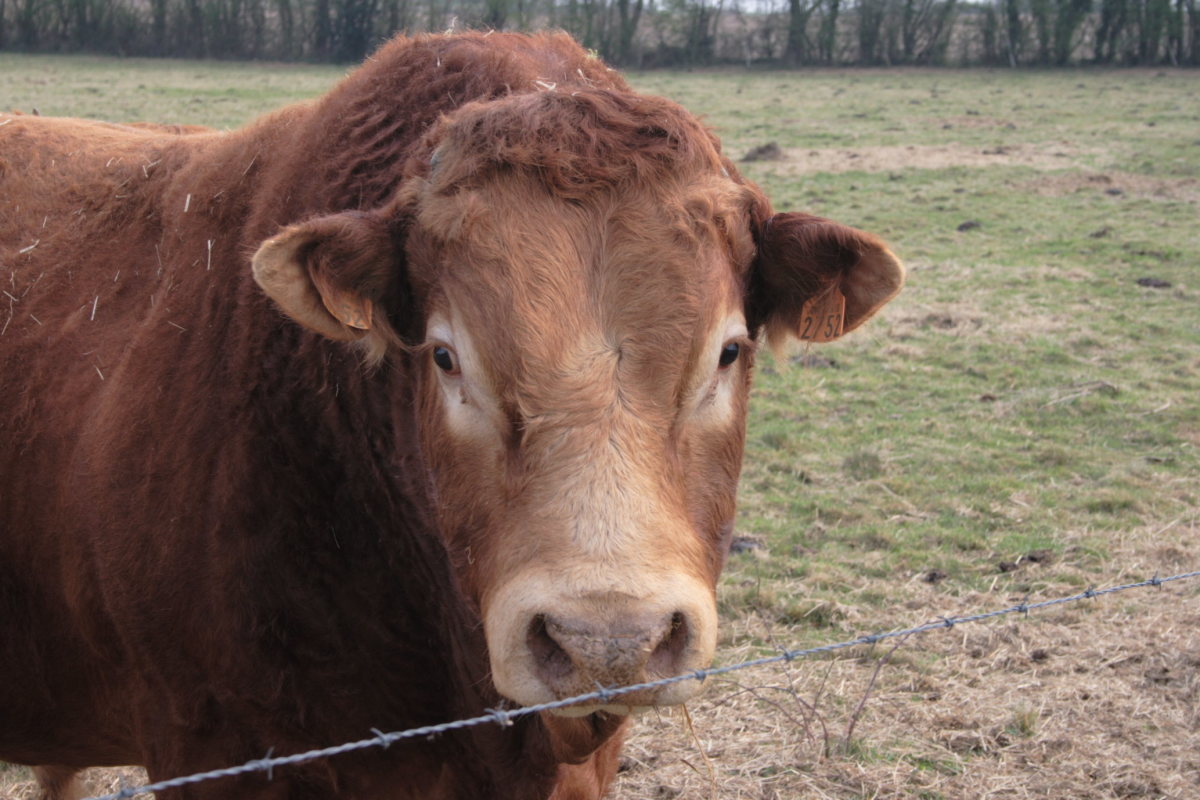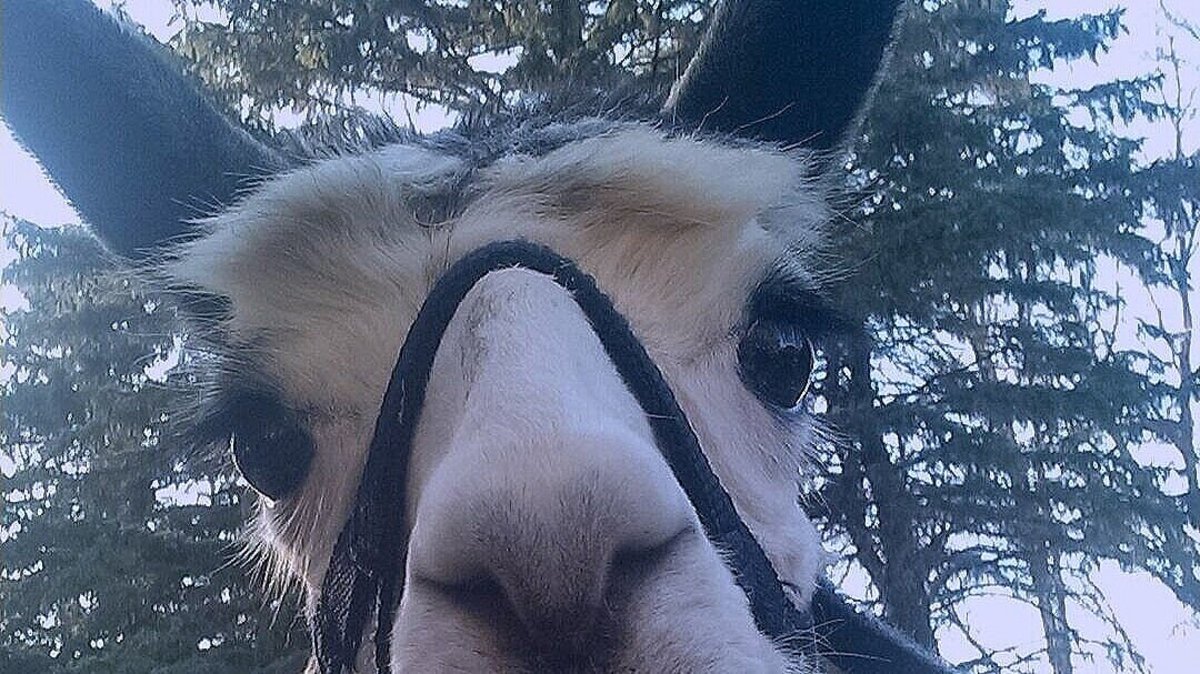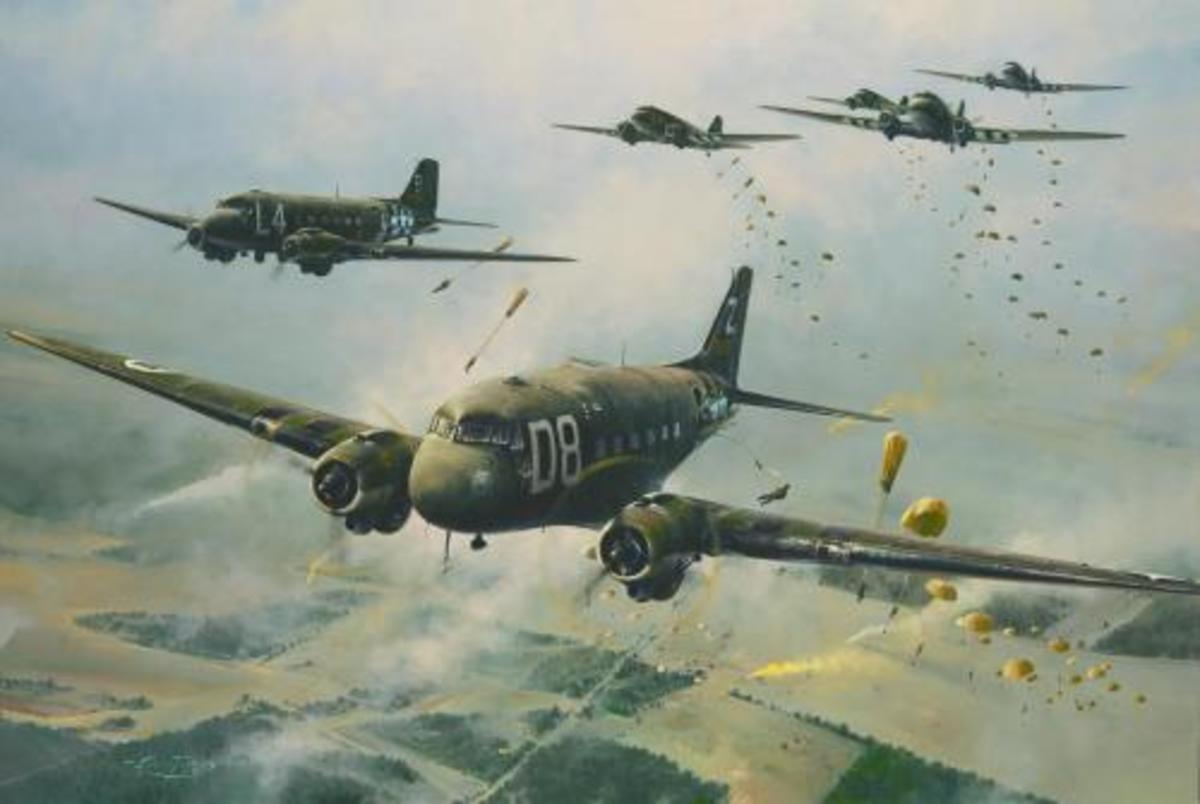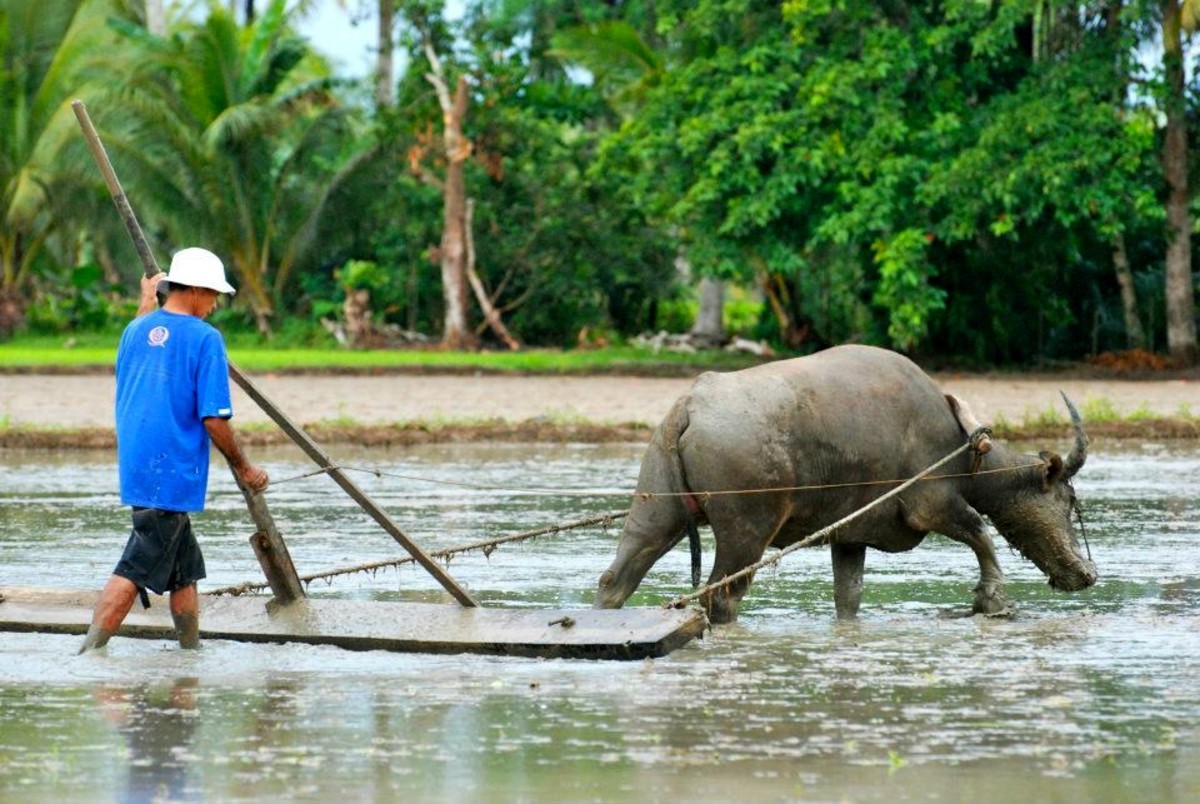A Year in the Life of a Stocker Operation
Our year begins when we purchase some weaner calves in the fall/winter. They come in a variety of breeds and colours (us being in "Northern" Alberta), and come from either Grande Prairie, Peace River or from around Westlock. Every year is different; some years we get some wild calves that won't even go near us, other years we get great docile calves that are great to work with and gain well on the forage we feed them. And even breeds differ from year to year: One year we got black and buckskin calves, with most being white-faces and a few that had no white-face; other years we got a whole variety. Depending on how much forage we've put away for the winter, in the form of silage and hay, we usually get around 80 to 90 calves per year. The trucks have come as early as late September to as late as January. Last time the cattle liner came, it was on my birthday, in the middle of October.
The calves are all kept up front in the front pen for a couple weeks until they have calmed down, or until they have been vaccinated with Oxyvet LA 200 and 9-way Clostridia vaccine. Then they are sent out to the back pen, where about 5 hay bales are waiting for them to be chowed down on. A few weeks later, they are run through again, giving them their boosters (Vitamin A, Clostridia 9-way, and Oxyvet), dehorned (for those few calves that have little horns growing) and sorted to see if there are any bull calves in there (often the latter gets forgotten about until later). Often we like to keep one group up front and another group in the back, just to even things out a bit. They are bunk-broke right there and are trained to learn to eat silage and some extra grain that is given to them as a treat; at first, the first week or so they are fed they don't get what we're trying to feed them, but they soon learn that silage is yummy, and when the tractor comes in the corral with a steaming bucketload of silage, they're all crowding around, eager to eat it up.
If there's any bull calves in there, I'm usually the first one to find out. And the one who can separate them and get them into an enclosure where they're separate from the rest of the herd. Since I am out with the cattle almost every day, I also look for those that are sick (or those that are acting a bit slower than normal, or are sitting off by themselves when they shouldn't be), lame, or have some sort of abcess on them. Any cattle that are sick or lame tend to get picked on by the healthier herd members, and is cause for need to be separated. Bulls, especially the young ones, tend to get the herd stirred up and are a pain in the arse when you're trying to work with the rest of the steers. So naturally they also have to be separated. If I need help I always go and ask for it; but if I don't, then that means that I am capable of herding them in by myself, no dogs or horses required. One time we had three bulls and one steer with an abcess that needed to be separated. The only way I could separate them was to herd them, with half of the steer herd, into a smaller corral. There I was able to sort out and herd the four of them (two at a time of course) into what we called the "hospital pen" from just a short distance away. Once them four stooges were locked up, I let the rest of the herd out. The three bulls were then shipped out to our local veterinary clinic to get castrated, then hauled back home to heal up. Besides, the younger they are cut, the better. Bulls that are cut late in life tend to get more stress from their operation, and it's a bit more painful for them than if they were banded soon after birth.
Our silage pile dwindles by the time spring comes around. We always like to feed the calves hay bales along with the silage (or either or, depending on the weather conditions and all), as well as throw straw out on the big manure pile we piled up in the middle of the back corral. Those calves really appreciate it especially when a winter storm is about to hit, and love to help me spread the straw around by rubbing their heads and kicking up their heels in it. All bales, be they straw or hay, have string on them that must be removed ASAP. If the strings (or twine) are not removed, the eartags on the calves tend to get caught in the string and get ripped out when they struggle to get their heads (and ears) free. Also, ingesting twine is never good for a steer's health.
The steers, now that they've grown and gained about 150 to 200 lbs over winter (we purchase them when they are around 6 months old, weighing around 500 to 600 lbs), and have eaten up all the silage, are not ready to be let out into the pasture. But first, the fence has to be checked. Any broken or stretched wires have to be fixed (no excuses!), staples have to be replaced, and any trees that have fallen on the fence have to be removed, either manually or with the chain-saw, depending on how big the log is. Once we are satisfied with the condition of our fences, it's time to let the steers out to play.
Once the steer herd had stopped pacing the fenceline, they settled down to graze. The fence gets checked occaisonally, but mostly when one or two Houdini's decide to make a break for it, and before and after they are switched to another pasture. Depending on the grazing conditions of the spring and summer, the steer herd gets to spend at least three to four weeks on one pasture before being switched to the next. A few steers, at maybe a dozen or so, are kept back to keep the grass in the other smaller pastures by the house down. This herd mostly comprises of the bulls and those that had been sick or lame, but occaisonally, if a stag (castrated bull) is really good and behaves very well, he is allowed out with the larger herd on the larger pastures. I've only known this to happen once, and it was the year when two bulls (with one testicle each!) had gotten castrated, and had settled down nicely after their operation at the vet's, and didn't appear to stir up any fuss or anything.
Once August to September hits, these steers (no longer calves!) have gained another 200 to 300 lbs. By the time they are ready to be sold to the feedlot, they weigh an average of 900 to 1000 lbs. We have good grass up here in Alberta, and the steers tend to gain very well on it. They have been grazed from the middle or end of May all the way to August or September, which is about 3 to 4 months of grazing and gaining weight. Compare the weight gain from when the are bought (say, October) to when they are let out to the pastures (May), they get what is called "Compensatory gain," which is a boost or spike in weight gain when they are put on pastures that contain good, if not better, nutrient content than the roughages they were fed over winter.
So soon it is time to say good-bye to this steer herd, and make ready for the next batch of calves to come. The time frame that the steers get to go is between September and December. When the trucks are about to come, as the truckers phone ahead of time to let us know they'll be there soon, all the steers are herded and coaxed up to the front corral, and moved into the holding pens and alleyways to wait for the two cattle liners that come to pick them up. Then, in groups of seven to ten, they are moved into the trucks, and before we know it they are all on and ready to go. As the trucks head down that old dusty country road, it's good to do a little reflection on the good (and bad) times we've had with this last herd.
Occaisonally we've had to keep back one or two steers. A long time ago, we had one with severe foot rot, and another with a deep wound in his side. They both acted as den mothers to the new calves that came, but had to be sold as soon as they were ready to go, and were shipped in a rental livestock trailer to Westlock's Nilsson Bros. Auction mart. It was kinda sad to have them gone. A second time we had to keep back a steer that had a broken leg. Only he didn't get sold; he got turned into beef for our freezer. Never tasted better beef in my life!
During the times when the steers are out on pasture, it's growing season for the rest of the crops we have. We grow our own hay, so that has to be cut and baled twice a year, and barley that is grown for silage is also harvested and piled into a big pile to be packed down with the big tractor and set to ferment for a few months. We also raise barley and canola as cash crops, so those have to be taken care of in the spring, summer, and fall.
It's a busy farm, alright. But I couldn't ask for anything better. :D
